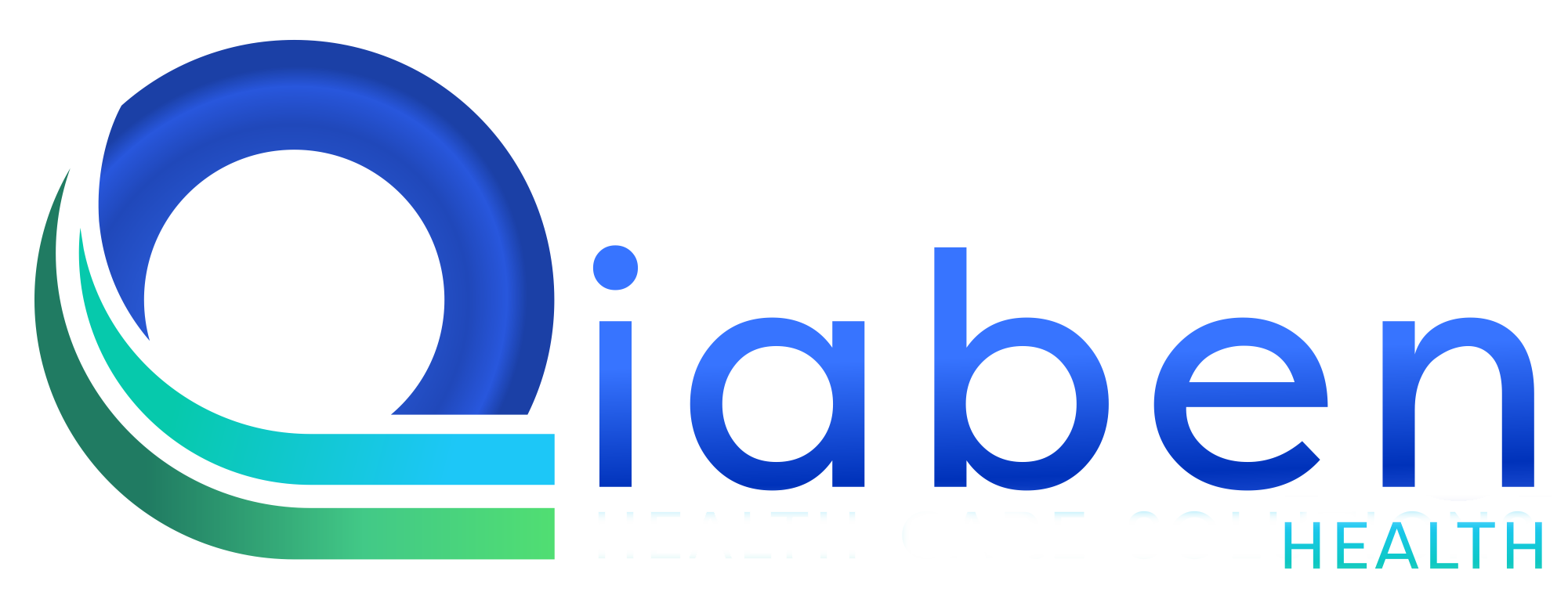The changes to E/M coding are significant and will affect healthcare providers, coders, and billers. As a practitioner, I have seen firsthand the challenges and opportunities that come with these changes. In this blog post, I will share my insights on the changes to E/M coding, including the benefits, challenges, and best practices for implementation.
Benefits of E/M Coding Changes:
- Improved coding accuracy: The changes to E/M coding provide more specific codes and better guidance for coders, which will lead to more accurate coding and reduced errors.
- Enhanced data analytics: The changes to E/M coding provide more detailed data, which will enable better analytics and insights for healthcare providers and payers.
- Better patient care: The changes to E/M coding provide more specific codes for patient conditions, which will enable better treatment and care.

Challenges of E/M Coding Changes:
- Training and education: Healthcare providers like Qiaben Health, coders, and billers will need training and education on the changes to E/M coding.
- System updates: Healthcare providers will need to update their systems and software to accommodate the changes to E/M coding.
- Coding complexity: The changes to E/M coding are more complex than previous coding systems, which may lead to coding errors and challenges.
Best Practices for E/M Coding Changes Implementation:
- Develop a comprehensive training program for healthcare providers, coders, and billers.
- Invest in technology that can help with E/M coding, such as CAC tools.
- Establish a quality assurance process to ensure accurate coding and reduce errors.






